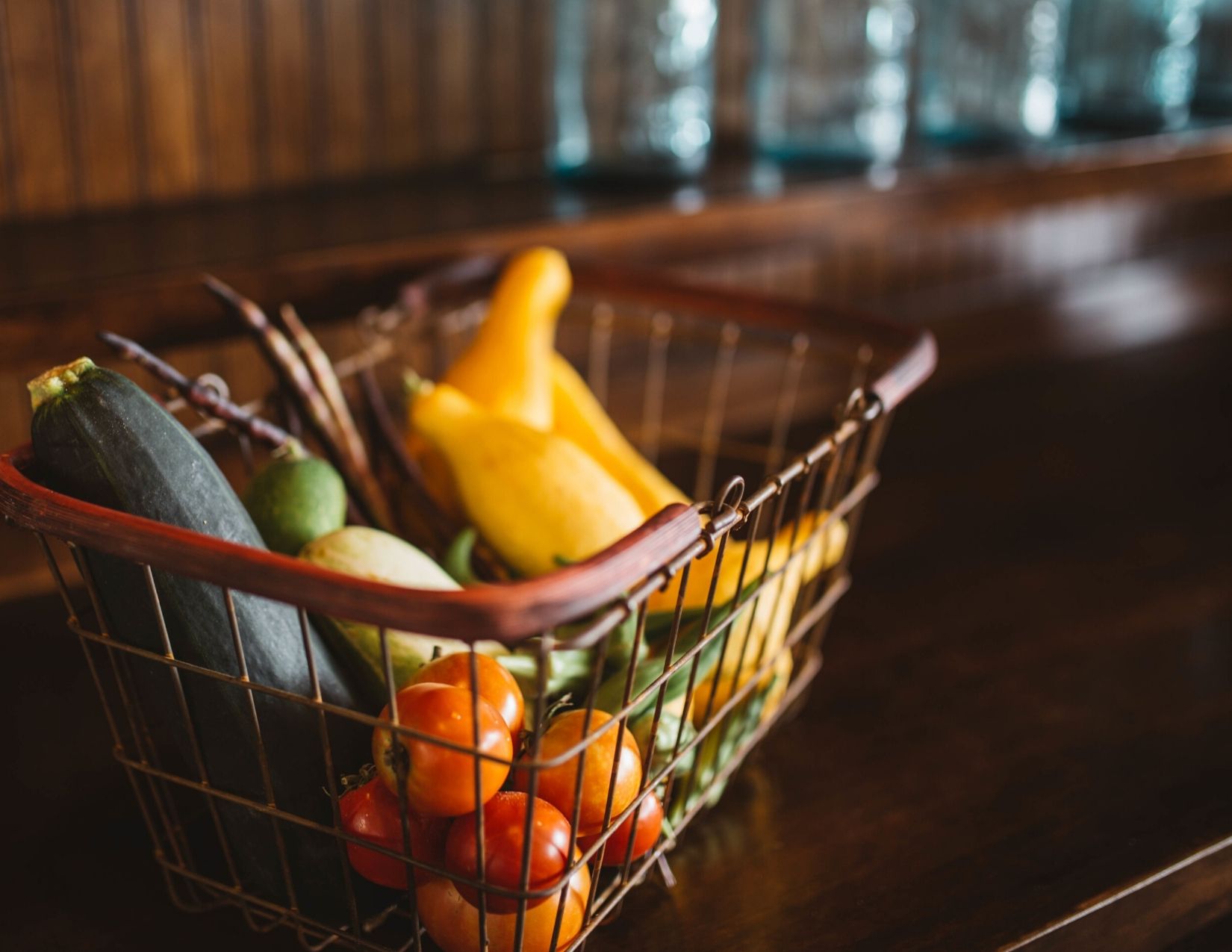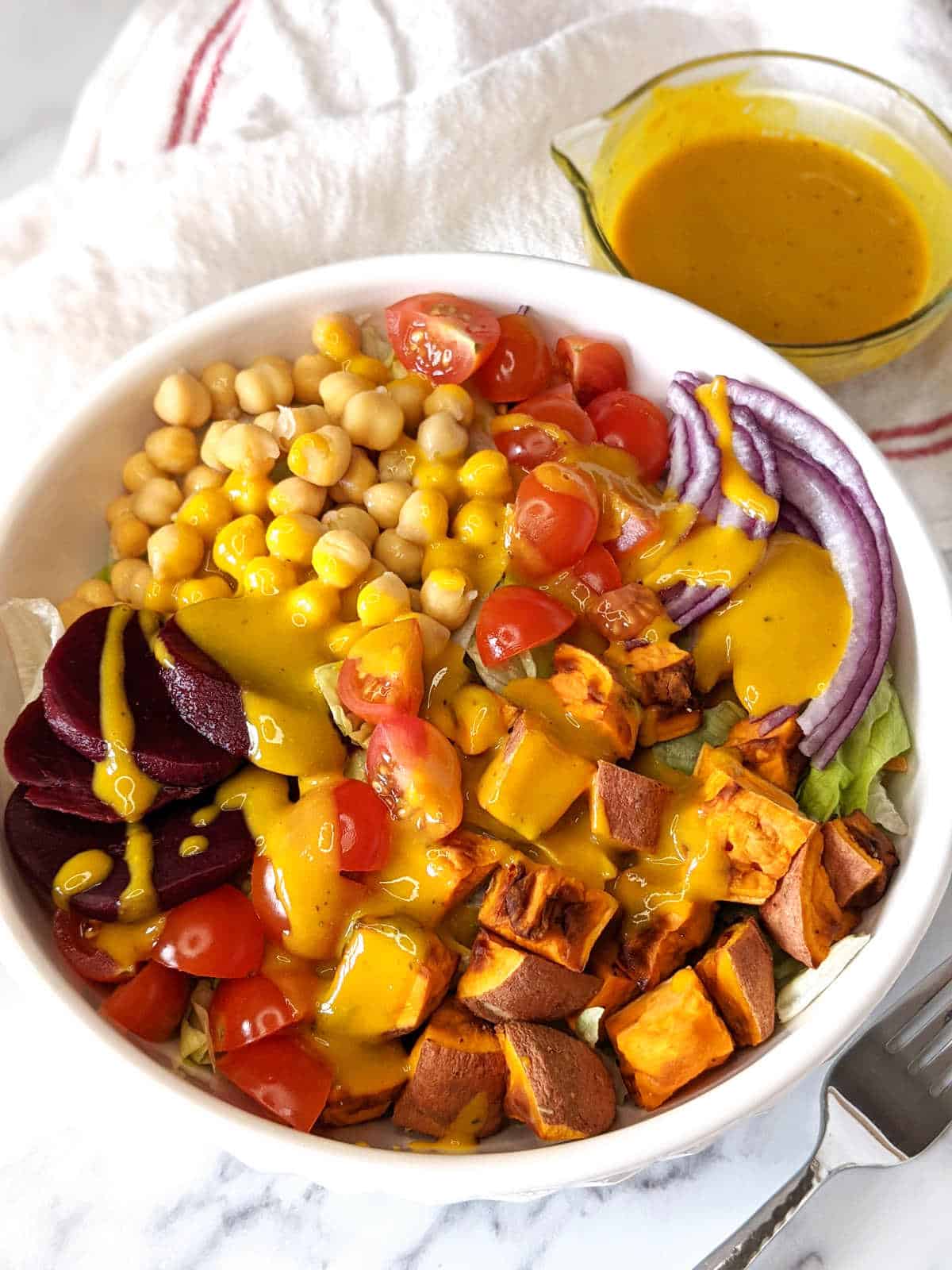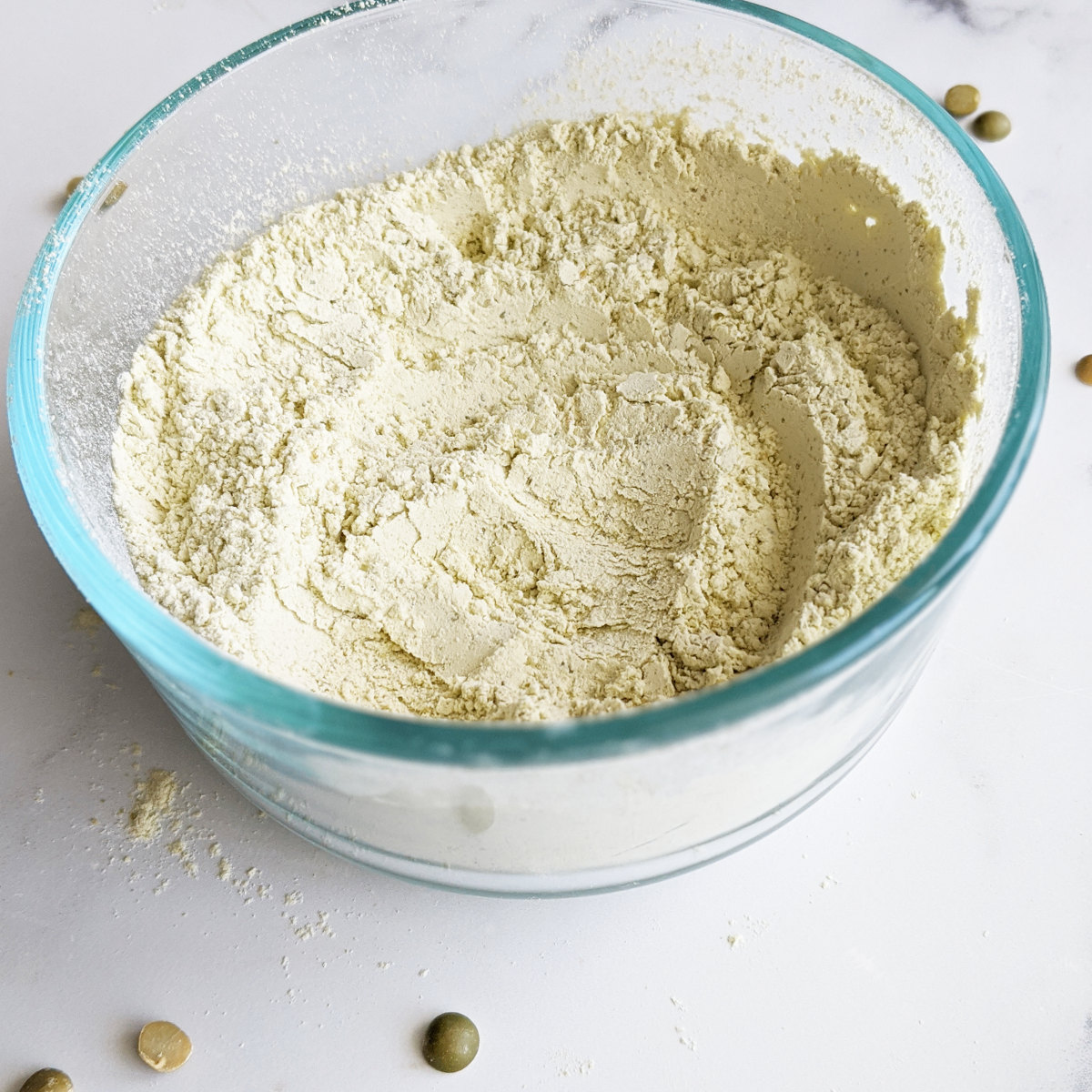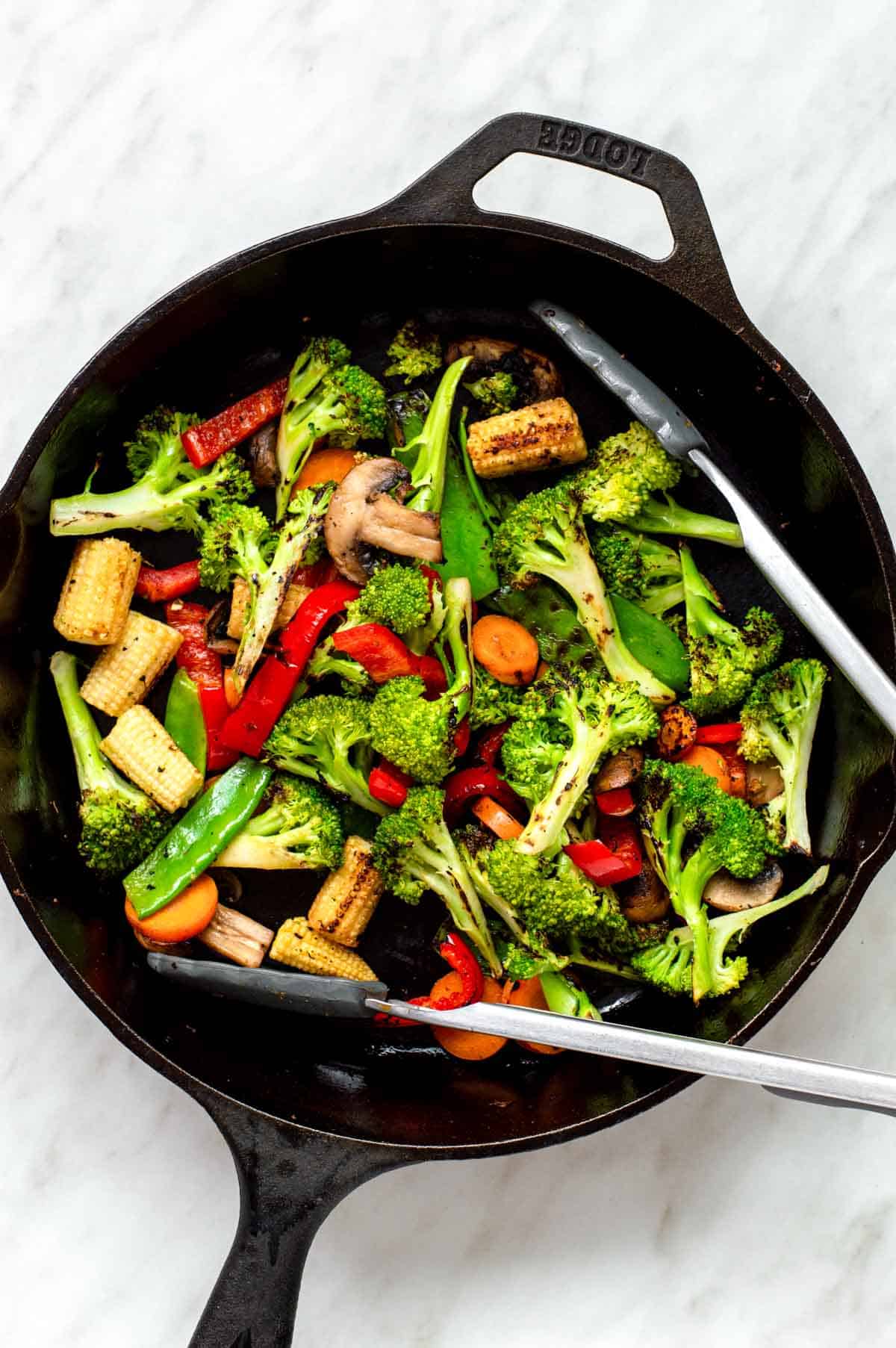I have a HUGE sweet tooth and I know I’m not alone. Sometimes I crave something salty or sweet that can’t be ignored. Do I go for the cookies and chips or do I grab the vegan banana ice cream and hearty lentil soup?
This post may contain affiliate links. Read my policy page for more information.
This is the constant battle that I know a lot of us struggle with. Surprisingly, we can actually CHANGE what we crave.
How Our Gut Influences Our Cravings
It all starts in our guts. Our gut flora, or microbiome, contain 100 trillion bacteria. That is such a large amount that you could say we are mostly made up of bacteria. Roughly 90% of the cells in our body are microbial. This gut microbiome digests certain foods and produces certain vitamins and hormones that influence our eating behavior.
The problem is when our microbiome gets out of balance, or dysbiosis. You see, we each have an enterotype—a classification of living organisms based on its bacteriological ecosystem. Stay with me here. Our gut is like an ecosystem. Certain bacteria flourish in a specific ecosystem just like certain species are found in the rainforest versus the tundra.
But what determines the ecosystem of our gut? What we eat.
We have a symbiotic relationship with our gut flora. We provide them fiber, and they in turn break it down and provide us different vitamins and nutrients such as butyrate. Butyrate is a short-chain fatty acid that is the main fuel source for the cells that line the inner walls of our intestines. This is critical because they are the only defense between what does and does not get absorbed by our intestines. Leaky gut anyone?
Because of this, it is important to have the right enterotype. Doctors have found that everyone can be classified into only two enterotypes—Bacteroides and Prevotella. A standard Western diet promotes Bacteroides, and a plant-based diet promotes Prevotella.
The Gut-Brain Axis
Amazingly, there is communication between our brains and our gut. Scientists call this the Gut-Brain Axis. Our intestines are linked to our brain through the vagus nerve, which sends signals in both directions. When the Bacteroides to Prevotella ratio gets too high, we tend to crave the foods that would fuel those bacteria even more.
The Prevotella crave the fiber. They want the whole plant foods. This is good because the fiber they break down in to butyrate not only protects our intestines, but also suppresses inflammation and cancer. Whereas, Bacteriodes produce secondary bile acids which promote cancer. Can you guess what type of diet the Bacteriodes prefer? That’s right, an animal-based diet.
Below is a correlation diagram between long-term dietary patterns and gut microbial enterotypes from this study.
Red means a high correlation between that food and the enterotype, or high levels of that bacteria are present when those foods are eaten. Blue means a low correlation or a low presence of that bacteria when those foods are eaten. The darker the color, the higher the correlation.
As you can see, the components mostly found in animal foods, such as cholesterol and animal fat, are associated with Bacteroides and those found almost exclusively in plant foods, such as carbohydrates, are associated with Prevotella.
How to Balance Our Gut Microbiome for Optimum Health
To rebalance the ratio of Prevotella to Bacteriodes, we need to eat real food. This mean avoiding the processed refined sugars and carbs, animal fats and proteins, and instead eat whole foods like fruits, vegetables, whole grains, and healthy fats like avocados, nuts, and seeds. These foods are called “prebiotics” because they can stimulate the growth of healthy bacteria.

According to this study, we can change our gut microbiome in a matter of days to weeks. Change your diet, change your gut microbriome. However, every time you take antibiotics, it destroys your good microbiome as well. That is why it’s important to replenish them with good probiotics. This can take months so it’s important to only take antibiotics when you really need them.
In summary, fiber from whole plant foods is required for optimum health. And I know what you’re thinking—why not just supplement fiber by taking something like Metamucil? Sorry folks, this study determined that fiber supplementation does not replicate the results that one gets on a diet naturally high in fiber.
So, as you make the right food choices, not only will your gut flora improve, but you’ll also start craving the foods that are better for you too! Yes, it takes time, but in the end you’ll feel so much better and *gasp* be indifferent to a cookie.
I created a FREE meal plan that focuses on eating the right foods to promote a healthy gut microbiome. It is full of delicious, easy-to-make, won’t-break-your-budget recipes so make sure to subscribe below to download it immediately!
BONUS FACT
Over 70% of the body’s immune cells reside in the gut. That is why diet is so important when it comes to immune system support. It defines our ability to fight diseases and infections.







Interesting post, thanks for sharing! I find it neat that we can change our gut microbiome in just a matter of days. I had an ear infection while traveling a few weeks ago, and it killed me to take antibiotics for it. I hadn’t taken any in years, but my ear was throbbing so I didn’t really have a choice. But still, I know that antibiotics kill off the good stuff too for a bit.
Yeah, sometimes you have no choice but to take antibiotics! At least it’s easier now to replenish a healthy microbiome with the abundance of prebiotic foods and probiotics available. Glad you’re feeling better!